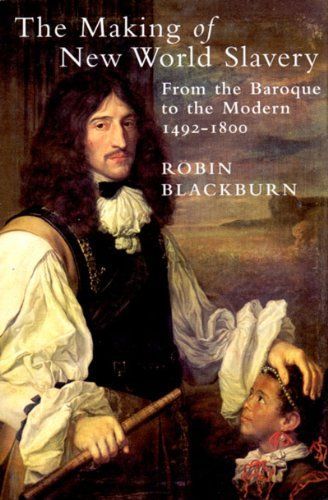
The Making of New World Slavery From the Baroque to the Modern, 1492-1800
In this companion volume to the acclaimed classic The Overthrow of Colonial Slavery, Robin Blackburn traces European doctrines of race and slavery from medieval times to the early modern epoch. At the time when European powers colonized the Americas, the institution of slavery had almost disappeared from Europe itself. Having overcome an institution widely regarded as oppressive, why did they sponsor the construction of racial slavery in their new colonies? The Making of New World Slavery finds in the emergent West both a stigmatization of the ethno-religious Other and a new culture of consumption, freed from earlier moral restrictions. Robin Blackburn argues that independent commerce, geared to burgeoning consumer markets, was the driving force behind the rise of plantation slavery. The Baroque state fed greedily off this commerce whilst unsuccessfully seeking to regulate slavery. Successive chapters of the book consider the deployment of slaves in the colonial possessions of the Portuguese, the Spanish, the Dutch, the English and the French. Robin Blackburn argues that the organization of slave plantations placed the West on a destructive path to modernity and that greatly preferable alternatives were both proposed and rejected. Finally he shows that the surge of Atlantic trade, premised on the killing toil of the plantations, made a decisive contribution to both the Industrial Revolution and the rise of the West. The Making of New World Slavery is a masterly study of this momentous and baleful epoch in the making of the modern world.
Reviews
Ashley Morin@ashmm